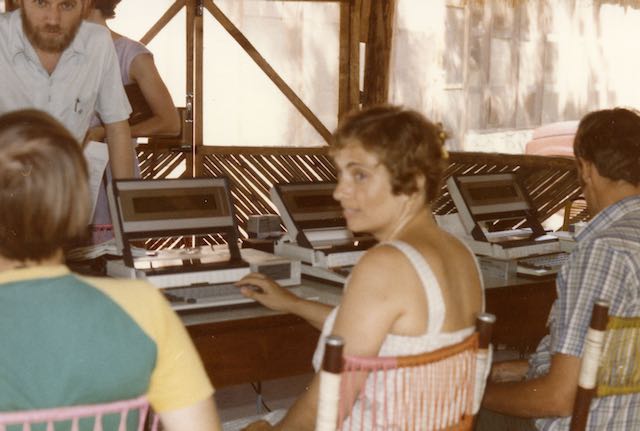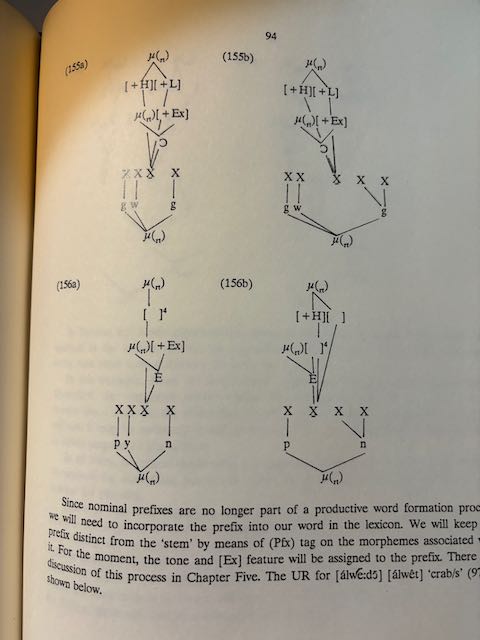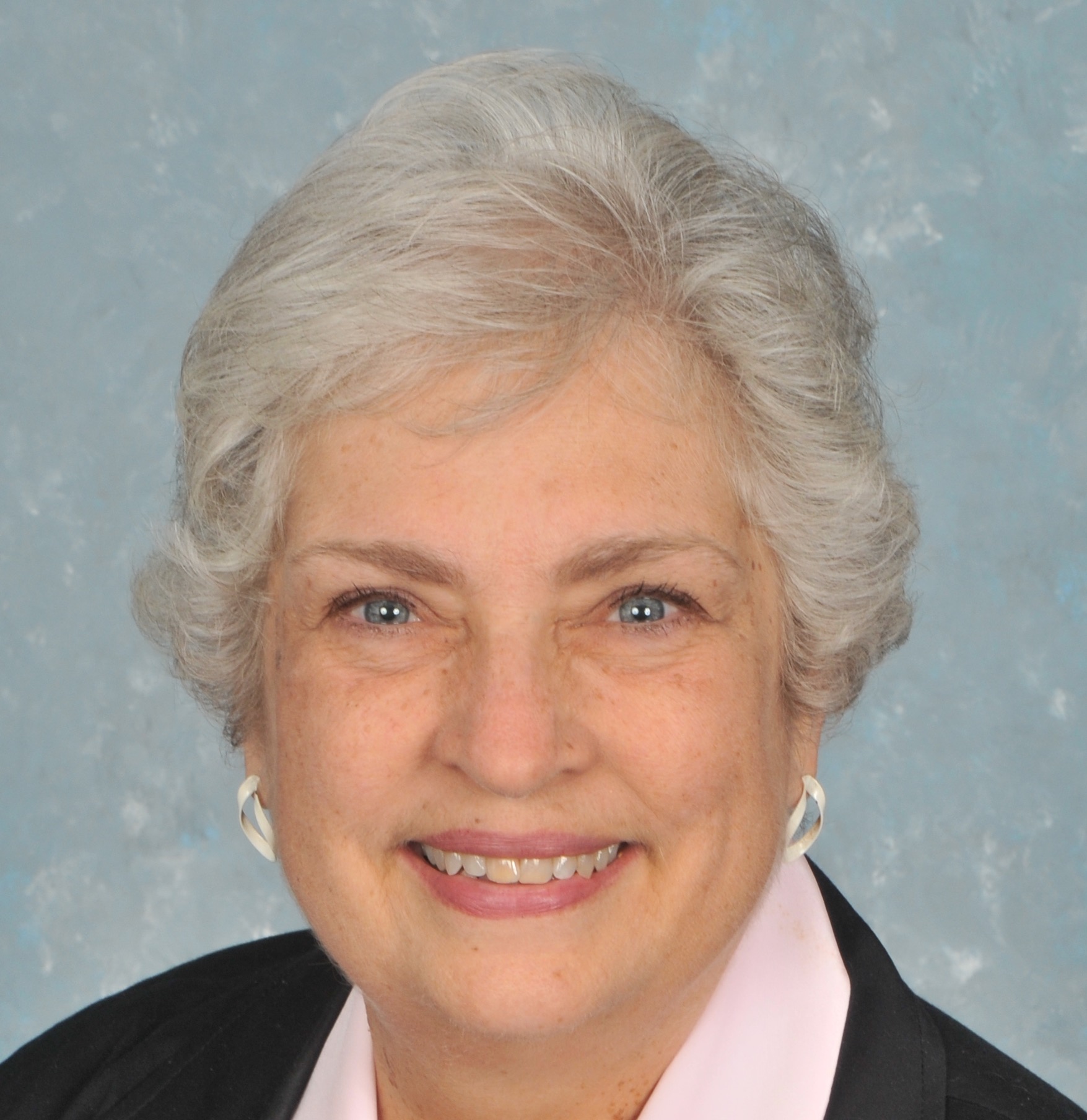My First Computer
Today, we can barely imagine what life was like without a computer. When I first moved to Africa and began linguistic work, I wrote by hand or typed on a manual typewriter. Living in Juba, Sudan didn't place me at the forefront of technology. In 1986, a colleague discovered that the Sharp computer company wanted to get rid of many of their "computers" to make way for a newer version. This colleague brought 15-20 machines to Juba and offered to teach any of us who wanted to use them. The machine had an 8-line screen, used dot commands like .pa for paragraph. It had a built-in printer that used thermal paper, and a memory bubble with 128k storage. It was not exactly portable, but more like luggable. It was also the first machine I had that I told to do something, but it said, "NO".

I immediately began using it, and found that I could easily correct my mistakes before I printed something. That was nice. The thermal paper didn't do well in the Sudan heat, so photocopying it soon after printing was important. Otherwise, the words faded away. It came with a list of dot-commands for things like indented paragraph, italics, bold, and example. I could use special characters on it, with the helpful change-table provided by a colleague. After my year of research, I lugged it back to London and wrote my entire Ph.D. dissertation on it. When I handed the document (on a floppy disc) to the typesetter to turn into a book, she nearly fainted. By that time, most computer-uses were using backslash commands, not dot commands. (\pa not .pa). In the end, she decided she could work with what I had. My special characters presented another challenge. I had symbols from the International Phonetic Alphabet, Greek, and arrows going in multiple directions.

By the time I finished my dissertation, the Sharp was very old technology. However, one of my British colleagues was collecting them and using them for spare parts. So, I handed mine over to him, and purchased my first PC. I'm now a confirmed Mac user.

